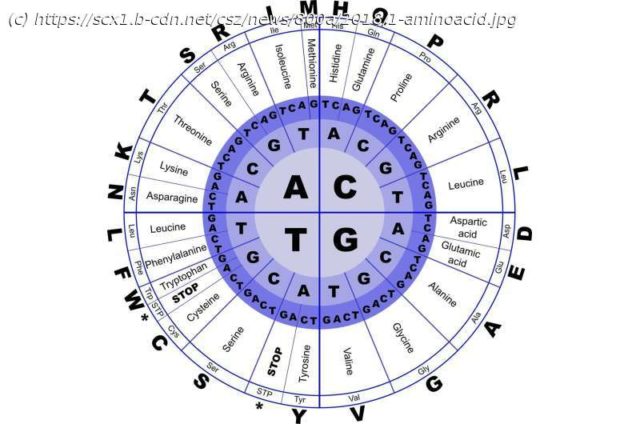Basic biology textbooks will tell you that all life on Earth is built from four types of molecules: proteins, carbohydrates, lipids, and nucleic acids. And each group is vital for every living organism.
Basic biology textbooks will tell you that all life on Earth is built from four types of molecules: proteins, carbohydrates, lipids, and nucleic acids. And each group is vital for every living organism.
But what if humans could actually show that these “molecules of life,” such as amino acids and DNA bases, can be formed naturally in the right environment? Researchers at the University of Florida are using the HiPerGator—the fastest supercomputer in U.S. higher education—to test this experiment.
HiPerGator—with its AI models and vast capacity for graphics processing units, or GPUs (specialized processors designed to accelerate graphics renderings)—is transforming the molecular research game.
Until a decade ago, conducting research on the evolution and interactions of large collections of atoms and molecules could only be done using simple computer simulation experiments; the computing power needed to handle the datasets just wasn’t available.
It is now, thanks to HiPerGator. Using the supercomputer, UF Ph.D. student Jinze Xue (from the Roitberg Computational Chemistry Group) was able to conduct a large-scale early Earth chemistry experiment during the 2023 winter break.
Xue utilized more than 1,000 A100 GPUs on HiPerGator, and performed a molecular dynamics experiment on 22 million atoms that identified 12 amino acids, three nucleobases, one fatty acid, and two dipeptides.
Home
United States
USA — IT Researchers use supercomputer to determine whether 'molecules of life' can be formed...






